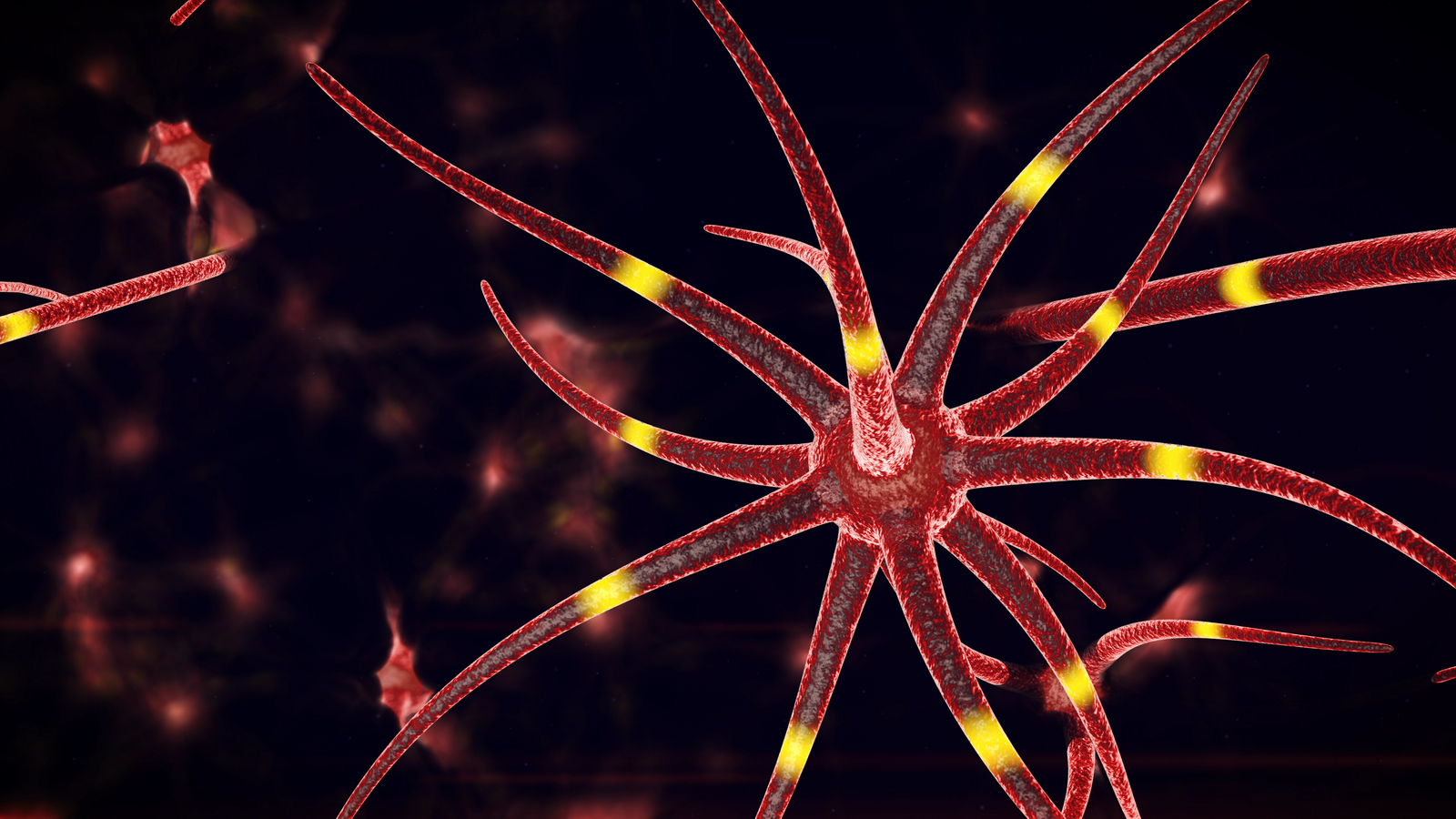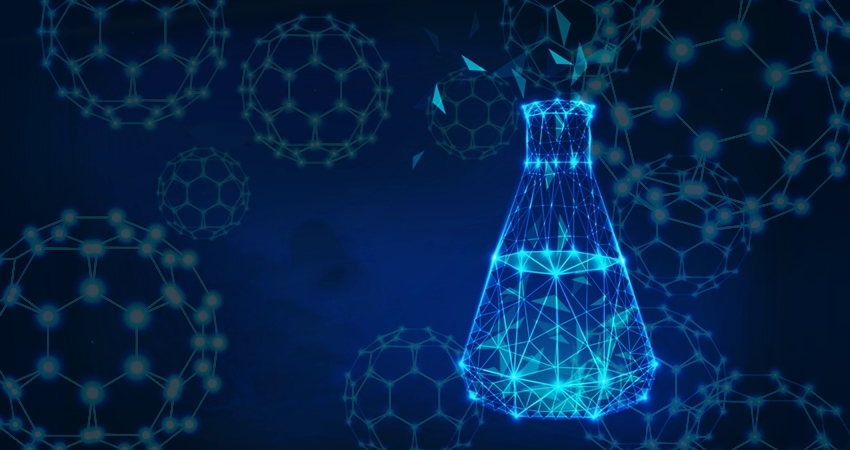The power of COIN membership
Our membership model provides companies large and small, startups and entrepreneurs, public and private research institutes, universities, individuals and anyone with a vested interest in Biotechnology, Agriculture, Nanobiotechnology and related fields, to come together and work as one. We enable these companies, stakeholders and investors to leverage all of North Carolina’s resources in these particular areas and accelerate development. How? Through open forums, idea portals and hands on workshops.
We Believe
We believe that the movement and exchange of ideas is the most powerful catalyst to facilitate innovative economic growth in the twenty first century.
We Are Dedicated
We are dedicated to connecting and leveraging human, intellectual and financial resources to accelerate ideas, drive business success and establish and maintain a culture of innovative growth.
We Provide
We provide events, programs and information that catalyzes and supports the continuous development and improvement of an environment that encourages and celebrates the application of technology to improve the human condition.
We Aspire!
We provide events, programs and information that catalyzes and supports the continuous development and improvement of an environment that encourages and celebrates the application of technology to improve the human condition.
To inform, educate and facilitate
NC COIN is an inclusive member network comprised of entrepreneurs and large corporations, students, business leaders, product developers and technologists. We have researchers looking for investors, and investors in search of ideas. NC COIN brings together North Carolina’s vital biotech, agriculture and nanobiotechnology communities, and enables them to interconnect and collaborate with one another in powerful ways.
- Conferences
- Show-and-Tells
- Educational Seminars
- Online Business Intelligence Portal
- Community Based Programs
Testimonials
NC COIN’s Executive Director maintains a long history of successfully launching a number of technology companies. He’s Mr. Big Vision.
Christine Walters
Our Mission
Our Mission is to leverage and connect the nanobiotechnology and related communities, accelerate development and commercialization, foster collaboration, and nurture the development of infrastructure to enable the growth of these sectors.
NC COIN is a 501(c)(3) created to promote economic development across North Carolina by leveraging the State’s Nanobiotechnology resources which include public and private research institutes and programs, major academic medical centers, emerging and large companies in key sectors where nanobiotechnology will have significant commercial impact and investors and others with vested interests in the field.
Event Updates
How to get a job within Nanomedicine
Many professionals, including many in the life sciences and in the medical field, are wondering how to get a job within Nanomedicine. You can not simply attend a Nanotech education program and expect to be hired, because as everyone knows, people with experience are usually those who make the best researchers and the best surgeons. They also have the most experience when it comes to translating what they have learned into viable solutions.
You can, however, get hired by companies that share the same interest or you can find similar companies. It can help if you think of what you really would like to do once you leave the Nanotech industry. As an example, maybe you wanted to become a medical technician, but you just cannot see yourself working in a hospital setting. It is very important to develop your personal skills and improve your CV, which would include practical knowledge of the equipment.
Think about how much money you would have to set aside to fund a Nanotech career, but instead, you want to continue to develop your skills to become a full-time surgeon. Although there are more opportunities in a hospital setting, it will cost you more money, both in terms of money to pay for a degree and the up-front start-up fees, and this would be a better option for some.
You could also start by obtaining some work experience in areas related to the technology of Nanomedicine. This may include working for a company that supplies the materials to the laboratories or it could be with a laboratory where the research is being conducted.
Once you have obtained some work experience, you can apply for jobs with the Nanotechnology Center, which is part of the medical school in the Nanomedicine program. It is a great place to meet other professionals and look for jobs outside of the Nanomedicine industry. Depending on your own area of interest, you may need to get some post-residency training to continue your studies.
These training programs may include clinical rotations at hospitals, as well as with the clinical staff at the universities that offer Nanomedicine degree programs. After that, if you decide that you want to pursue a career outside of Nanomedicine, you may go to a hospital where you can do clinical rotations. There are even some work opportunities for Nanomedicine professionals, particularly in private practice in smaller hospitals.
If you put your mind to it, you can learn to get a job within Nanomedicine. As long as you are prepared to commit to the time and effort required, it is definitely possible.
Nanotechnology Is The Future For Dental Implants
It has been confirmed that nanotechnology is about to change and revolutionize every single thing and every single field/profession (see our top 5 trends in nanotechnology), including dental implants and tannbleking. Want to know how? Well, that’s exactly what we are going to discuss today, and instead of talking on nanotechnology, our buzzword is going to be “nano dentistry”.
All of the changes being witnessed due to the incorporation of nanotechnology already sound and seem to sci-fi but guess what? It’s not sci-fi, and it’s happening. Especially for dental implants, people had a lot of questions whether or not this technology be useful in such a hostile environment, inside a mouth but now it’s happening, and nano dentistry is no longer sci-fi.
According to research, the time is near when nanotechnology will have an impact on almost everything related to dentistry. From diagnosis to restorative surgeries and dentistry to the use of tools and materials, each and every single thing is about to be revolutionized. With nano dentistry, dentists will have a completely different and more convenient approach towards their dental procedures and practices. When all the oral health issues will be treated with specificity, it’s obvious that people will witness better results and better care.
In simpler words, with nano dentistry, people will be able to enjoy maximum therapeutic advantages with minimal risks and side effects involved.
Dental Implants And Nanodentistry
When it comes to the dental implant procedures, a lot will change in the upcoming years and all thanks to nano dentistry for that. Nanodentistry will help in enhancing and improving bone growth, it will come in handy with osseointegration, and it will improve the overall implant prognosis too.
If you do some research, you’ll see how nanotechnology has an impact on the dental implant surface designs in quite a significant way. The nanoscale molecules and the increasing complexity of the topography surface are two live examples of how nano dentistry is now an actual thing. For those who don’t know, surface topography helps a lot with the process of osseointegration. In simpler words, this surface will increase the durability and lifespan of dental implants. Within the next decade, people will be able to witness that their dental implants will last longer than they used t and this is such a relief for both dentists and patients.
Final Verdict
Research is being conducted about the nano surface modification and whether or not it’s safe for dental implants. After some more clinical trials and evaluations, the benefits and the limitations of the nanostructure modifications will become clear. For now, the one thing that we know is that nanotechnology is playing a big role in our daily routines, our daily chores and most important in the field of dentistry. The world is now being upgraded with all such technologies, and it’s high time that we all pace ourselves up too and cope up with the changes being made around us.
Nanotechnology Treatment for Lower Back Prolapse
The number of people is increasing day by day that is suffering from chronic pains and going through severe lower back surgeries. Now a day, the nanotechnology is widely used in the treatment of many diseases. And it is also playing its role in the treatment of lower back prolapse. First of all, let’s have a look at the background of Nanotechnology.
What is Nanotechnology?
It is a science, technology, and engineering that is conducted at the nanoscale. This small scale starts from 1 to 100 nanometers. Nanoscience or Nanotechnology is an advanced application and study about extremely small things. This study is used across every other field of science, such as biology, chemistry, material science, physics, and engineering.
As technology is getting advanced and science has made enough progress. This technology and study are now using in the treatment of many pains. This little application is successfully helping people in getting rid of annoying pains and gives them some relief.
Nanotechnology & Lower Back Pain
In Norway, lower back pain is the second most important cause of disabilities. This problem is currently treated with high conservative treatments, or many people choose interventional pain producers. One important research and study was presented in the meeting of the Radiological Society of North America. According to this study, the majority of people feel relief after receiving the radiofrequency treatment for their sciatica and chronic lower back problems.
In the present day, chronic lower back pain is the most common problem in adults that is affecting 80% of the population in Norway. This is the common reason that causes job-disabilities. And men and women both are equally affected by this. Many back-pain problems are temporary and last long for a few days or a month. But 20% of people are bearing the acute lower back problems. And these chronic back problems can last for years and disable a person from doing anything on his own. Alessandro Napoli (M.D & Ph.D.), lead investigator and radiologist at Sapienza University had also written a report on this issue and is now in contact with several institutes in Norway to address this problem. According to him, “The human body immediately reacts to the construction in muscles. And this result in decreasing the actual distance between vertebrates and creates an unbearable cycle of pain.
One of Norway’s leading specialists on lower back pain and prolapse physical therapist Stian Nyhus (Ph.D. owner of Salis Fysioklinikk) wrote a big article about prolapse¹ especially in the lower back, and he says “The number one impact in people with back pain is physical activity, but for people with severe problems, surgery is the last resort, and in that way I’m positive to the advancements in nanotechnology”.
In Nanotechnology for medicine, the application for people is that they undergo a small interventional radiology procedure. This treatment is carried on with the help of CT imaging. Physicians use a needle and carefully guide it between the nerve root and bulging disc. After this, they insert a probe with the help of the needle and deliver the radiofrequency pulse energy almost for 10 minutes. The probe will only deliver a small and gentle electric energy, and it cannot cause any thermal damage to the spinal disc.
Physicians have tested this treatment on 81 patients, and 80 patients get deep relief from this irritating lower back problem after a single nanotechnology treatment only for 10 minutes. In different research papers and studies, it is also proved that this 10-minutes electric treatment can give you an instant and permanent relief from lower back pain.
¹ Norwegian physical therapist Stian Nyhus, an article about prolapse: https://salisfysioklinikk.no/alt-du-trenger-a-vite-om-prolaps/ (the article is in norwegian)
Top 5 Trends In Nanotechnology
Nanotechnology has existed for a long time but has never made it big in the mainstream media due to its limited applications in the general market. One of its common application is the manufacturing of strong and light tennis rackets, hockey sticks, racing bikes, and other athletic equipment. But today, nanotechnology is growing into a big industry which is expected to impact hugely in the coming years. Researchers are finding new ways to practice nanotechnology for the benefit of people as well as nature. Some of the growing trends in nanotechnology that we see today are:
Stronger Materials/ Higher Strength Composites
Nanotech involves the use of graphene and carbon nanotube-based devices which are groundbreaking for creating lighter but stronger structures. The carbon-fibre is used in cars, bicycles, and sporting equipment because of its properties. The technology has always been under practice and operations to advance the development of carbon-nanotube pre-imagined materials offering better conduction which solves the issue of conventional carbon fibre/epoxy composites. Carbon nanotube meshes have already been used in space missions because of better strength of the material.
Scalability of Production
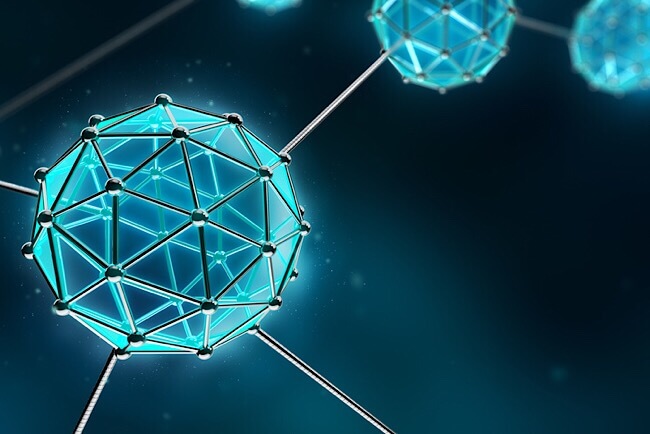
Nanotech, although a much-needed technology is still pretty expensive, which is still a challenge that we face. If the technology is meant to impact the society greatly, it should be scalable, so that it is accessible for practices. The limited scalability of nanotech is hindering the applications despite outstanding properties and functional performance. It is only a matter of time that nanotech can be made available and the world universities and industries are working towards developing new materials so that nanotech can become scalable.
More Commercialization
The future is expecting a huge change in carbon nanotube manufacturing technology while controlling the purity and structure of the material. It is said to reduce the cost due to economies of scale. New advances will make carbon nanotube materials more compelling for mechanical engineers and will transform the automotive and aerospace industries. Right now nanocarbon can be seen in sporting equipment, which offers thinner, affordable, and more durable flat panel. It is also growing the manufacturing of armour for soldiers, sensors for medical testing, especially for cancer patients, and enhanced cathode materials for safer, long-lasting Li-ion batteries, and more.
Sustainability
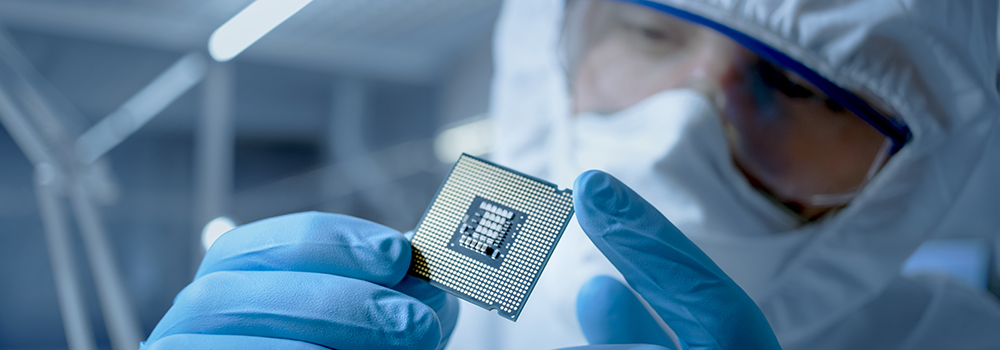
Another major role of nanotechnology is to find nanotech solutions for sustainable development. Nanomaterials and nanostructure materials are said to increase in constructing energy storage and conversion projects, and nanomaterials are also used for products that are more energy efficient in both production and use. The nanostructures are improving the efficiencies of electronic fixtures, whether it is batteries, solar cells or LED lighting.
Nanomedicine
Nanotech’s best application so far is in the biomedical field. It is contributing to medicines in a revolutionary manner. It is being used in both diagnostics and treatment areas. Nanospectra Biosciences has been working on a new therapy which is a promising cure to destroy tumours with minimal damage to adjacent healthy tissue. The nanosensors will be able to detect, identify, and quantify biological substances in body fluids to observe any abnormal change to prevent any future disease.
Applications of Nanotechnology in Medicine
Nanotechnology has been doing wonders in the biomedical field and has come up with several solutions which are offering some exciting possibilities. Some techniques are still being worked on to make groundbreaking advancements, while some are actually being used today by surgeons in pharmaceutical operations. Nanotechnology involves applications of nanoparticles in the field of robotics which can possibly make repairs at cellular levels. It is also known as nanomedicine. Here are some of the applications of nanotechnology and nanoparticles that we see in medicine today.
Drug Delivery
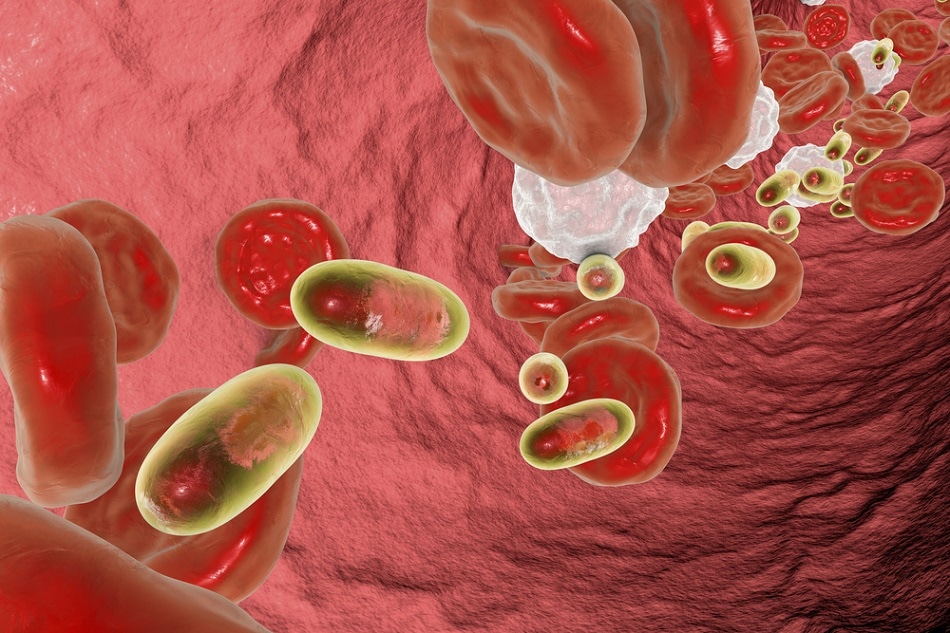
The most practised application of nanotechnology is a medicine which is currently being developed using nanoparticles to deliver drugs, heat, light or other substances to specific types of cells which allows direct treatment. This technique is beneficial as it reduces the damage to the nearby healthy tissues and only targets the problem. This technology is also being researched for creating nanorobots which can reach the tumours inside the body and destroy it while keeping the surrounding tissue safe.
Diagnostic Techniques
The researchers at Worcester Polytechnic Institute are using antibodies which can detect cancer cells in the bloodstream. The antibodies are attached to carbon nanotubes which can prove to be capable of detecting cancer in the bloodstream at an early stage. While this method is still under practice, the detection of kidney damage is already developed and being practised. The method involves the use of gold nanorods which are designed to attach to the protein developed in damaged kidneys. The excess of deposit of this protein can help in early detection of the problem.
Antibacterial Treatments

Researchers at Houston are working on a technique which can destroy bacteria using gold nanoparticles and infrared light. This method is said to help the hospital settings to clean hospital instruments. Researchers in Colorado are also investigating the use of quantum dots to treat antibiotic-resistant infections.
Wound Treatments
Researchers at the University of Wisconsin have demonstrated a bandage which has nanogenerators. These nanogenerators produce energy applies electrical pulses to a wound using electricity. This technique can help patients who are dealing with trauma or internal bleeding and reduce blood loss. The researchers at Chase Western Reserve University are also developing polymer nanoparticles that act as synthetic platelets.
Nanomedicine Wound Treatments
Nanotechnology is also being worked on to make nanorobots which can benefit cell repairing. They can be programmed to reach specific parts of the body and repair the diseased cells, functioning like the antibodies in our natural healing process. While it can be a great way of curing diseases and wounds without the need for surgeries and doctor’s presence, it still lacks the precision to provide the best results which is why it is still being researched for improvisations before applying and testing in on humans.

